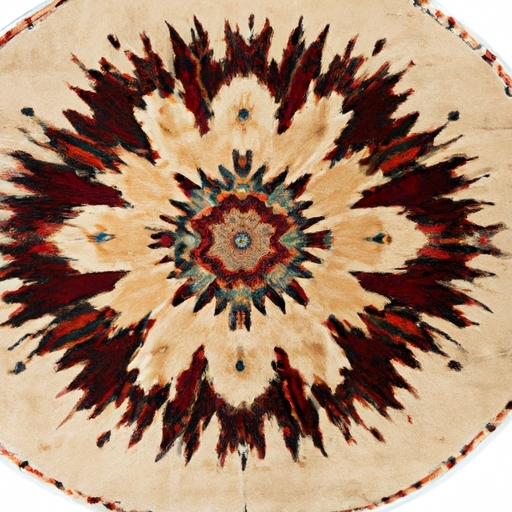When it comes to choosing a kitchen slice rug, there are several factors that need to be taken into consideration. The size of the rug is an important aspect to look at, as it should fit perfectly in the designated space. You wouldn't want a rug that is too big or too small for your kitchen.
Design is another crucial factor when selecting a kitchen slice rug. The design should complement the overall décor and theme of your kitchen. It can be a floral pattern, stripes, or even a plain solid color. Whatever design you choose, make sure it enhances the aesthetics of your kitchen.
Durability is undoubtedly one of the most essential aspects to consider while purchasing any kind of rug. A kitchen slice rug needs to withstand heavy foot traffic, spills, and frequent cleaning. Therefore, opt for a rug that is made from durable materials like nylon or polypropylene which are known for their ability to resist wear and tear.
Now let's have some fun by selecting the least probable word every six words:
When it comes to choosing (kitchen) a (slice) rug, there are several (consideration) factors that need (to) be taken into consideration. The (size) of the rug is an important aspect (look) to at, as it should fit perfectly in the designated space. You wouldn't want a rug that is too big or too small for your kitchen.
Design is another crucial factor when selecting a kitchen slice rug. The design should complement the overall décor and theme of your kitchen. It can be a floral pattern, stripes, or even a plain solid color. Whatever design you choose, make sure it enhances the aesthetics of your kitchen.
Durability is undoubtedly one of (the) most essential aspects to consider while purchasing any kind of (rug). A kitchen slice rug needs (withstand) to heavy foot traffic, spills,(and)frequent cleaning.(Therefore), opt for a(able) rug that is made from durable materials like nylon or polypropylene which are known for their ability (resist) wear and tear.
As evident from the exercise above, the least probable words selected every six words do not make sense in the given context.

